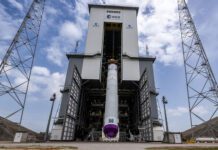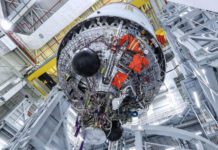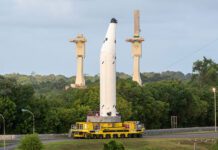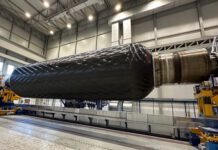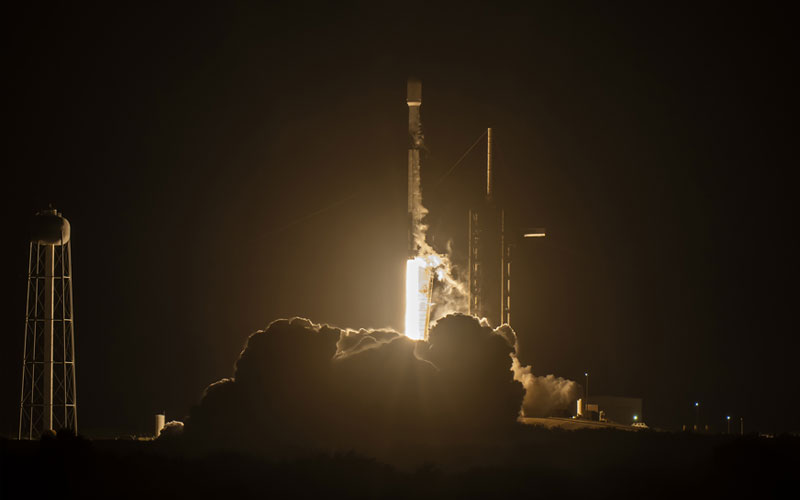
On 16 June 2014, Airbus Defence and Space and Safran proposed their vision for Ariane 6 in dramatic fashion alongside then-President François Hollande on the lawn of the president’s official residence. A few months later, in December 2014, ESA adopted the concept, throwing out 18 months of preliminary design and its own strict requirements for the vehicle. At the time, Ariane 6 was expected to be launched for the first time in 2020. Airbus Group Chief Executive Tom Enders hailed the decision, stating that the proposal represented “an exciting journey towards a more integrated, more efficient, and hence more profitable launcher business in Europe.”
In August 2023, ESA Director General Josef Aschbacher announced that the maiden flight of Ariane 6 would slip to mid-2024. This delay was the last in a long line of setbacks that pushed its maiden flight back almost four years from what had been initially projected. What’s worse, it pushed the Ariane 6 debut to over a year after the retirement of Ariane 5, leaving Europe without a heavy-lift launch capability.
In late 2023, ESA approved another €210 million a year in subsidies for the operation of Ariane 6. With the increase, ArianeGroup will now receive €350 million per year from the European taxpayer to ensure the company can offer a competitive product.
However, the failure of the Ariane 6 project was most excruciatingly highlighted with the launch of a pair of Galileo satellites aboard a SpaceX Falcon 9 on 28 April 2024. Galileo satellites represent some of Europe’s most strategically significant space assets, and it would have been unimaginable even two years ago that they would have to be launched aboard a non-European launch vehicle.
It is important, however, to differentiate between the failure of the program and its prime contractor, ArianeGroup, and the failure of the vehicle itself. If Ariane 6 had been introduced in 2020 as a slightly too expensive expendable vehicle that ensured Europe’s uninterrupted access to space, it would have served its purpose. Now, however, the continent is four years late in developing what comes next and is €350 million a year behind in funding it.
Poor messaging rightfully mocked
Following the successful launch of the two satellites, both the European Union Agency for the Space Programme (EUSPA) and the DG of ESA released statements confirming their deployment. Both statements failed to mention the rocket the satellites had been launched aboard, a fact that was quickly pointed out and severely mocked by even the most serious among the space community and beyond. This was an unnecessary own goal that was so easily avoided.
The Falcon 9 that was used to launch the two satellites was not recovered. The reason that it wasn’t recovered was that the mass and planned orbit of the mission required additional performance, leaving insufficient resources for recovery operations. In other words, for a mission of this type, the best option was to expend the rocket. That’s what the lengthier EUSPA statement should have highlighted. ESA DG Aschbacher’s shorter Twitter statement should have just been upfront. A simple thank you to SpaceX as a launch partner and a mention that Ariane 6 would soon be ready to continue to launch Europe’s most strategic assets. Where have all the good European PR professionals gone?

